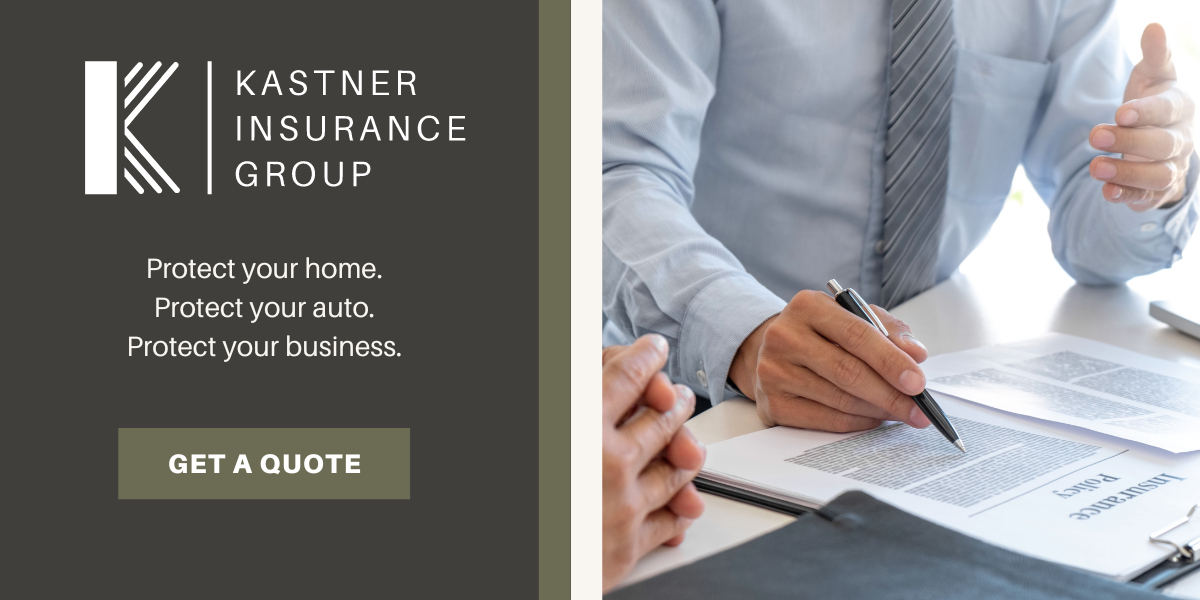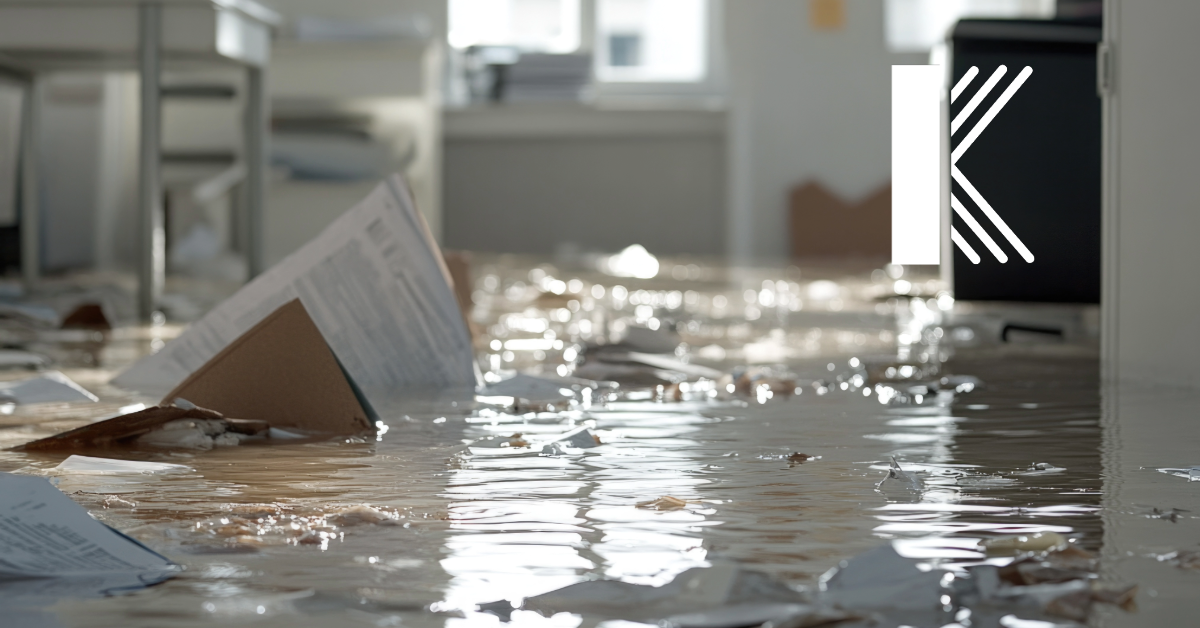We can’t prevent a natural disaster such as a hurricane or flood from occurring, but planning ahead can help minimize its impact. Does your company or family have a pre-storm strategy? Are measures in place, such as having a Louisiana Flood Insurance policy, to address damages to your home after the worst happens?
This hurricane preparedness guide can help protect your people and your assets in emergency situations. As they always say, "prior planning prevents poor performance."
Year-Round Emergency Preparedness
Emergency preparedness reminders include:
- Regularly review your emergency action plan with your workers.
- Outside the facility, remove objects that could become missiles, even in lesser winds.
- Check building roofs and make repairs to coverings and flashing. Remove all loose items, secure equipment doors and covers, and remove debris.
- Ensure roof drains and gutters are clear of trash and other obstructions.
- Fill fuel tanks serving emergency generators and other vital equipment.
- Verify that de-watering pumps are functioning.
- Confirm that outside storm drains and catch basins are clean.
- Back up computer data.
- Make sure you will be able to access your Louisiana insurance policies other important documents and phone numbers.
Hurricane Plan
Hurricane preparedness guide:
- If a significant storm surge is expected, consider relocating or protecting water-sensitive materials and equipment.
- Install shutters, plywood covers and flood gates over windows and doors.
- Relocate vital business records.
- Anchor portable buildings or trailers to the ground.
- Secure outdoor storage or equipment that cannot be moved.
- Raise critical equipment off floors.
- Cover critical stock and equipment with waterproof tarps.
- Initiate an orderly shutdown of production equipment and systems that rely on normal power.
- Turn off fuel gas services and non-essential electrical systems.
- Verify all fire protection systems are functioning.
- Remove or secure scaffolding.

10 Safety Guidelines During Hurricane Recovery
- Initial site assessment should be conducted by qualified personnel before cleanup begins.
- Carefully enter the property equipped with the necessary tools and protective gear, as well as identification, drinking water, disinfecting supplies, a first aid kit and cameras to document damage. Consider bringing a fire extinguisher.
- Survey the site for damage, including hazards such as live electrical wires, broken glass, sharp metal and fumes from leaking pipes. Look for damaged building features, contents or hardscape areas that could shift or collapse. Look inside and outside the building, as well as around you and overhead. Photograph any visible damage.
- Be cautious of animals. Snakes, wild animals and displaced pets may seek shelter in buildings, vehicles and trees. Do not attempt to handle any wildlife, and seek immediate treatment if bitten or injured by an animal.
- Retrieve relevant insurance policies and call your Louisiana home insurance representative to begin the claims process. Ask for guidance on which damaged goods can be disposed of, and what should be set aside.
- Begin the restoration process by starting salvage as soon as possible to prevent further damage. Restore the HVAC system or run fans to mitigate mold. Do not use extension cords in wet areas.
- Verify the status of protection systems such as water supplies, fire alarms and security systems. Expedite repairs and post security personnel if protection systems are compromised. Report fire protection system outages. Access the Zurich Fire Protection Impairment Notification website to report the outage.
- Notify reputable restoration contractors as soon as possible. Establish repair priorities based on the level of danger the damage poses. Anyone you hire must wear proper safety equipment.
- Perform emergency repairs where feasible. Electrical supply for power tools should be equipped with Ground Fault Protection and existing or repaired systems should be equipped with GFI protection. Do not use extension cords where there is standing water.
- Contact employees with updates. Consider implementing a telephone number that delivers a recorded message with daily updates.
Hurricane Emergency Supply List
This emergency supply list was designed for businesses in hurricane zones, but these items would be useful for any businesses affected by severe weather:
- Emergency lighting
- Lumber and nails/screws
- Tape for windows
- Sandbags
- Roofing cement, sealant and other repair materials
- Tarps
- Caulk
- Duct tape
- Power and manual tools
- Shovels and axes
- Chainsaws and fuel
- Nonperishable food and drinking water
- Cellphone with charged spare batteries
- Satellite phones (as land telephone lines and cellphone service may be interrupted)
- Two-way radios with charged spare batteries
- Flashlights with spare batteries

Levi Kastner
Sep 16, 2019 9:27:44 AM
.png)


